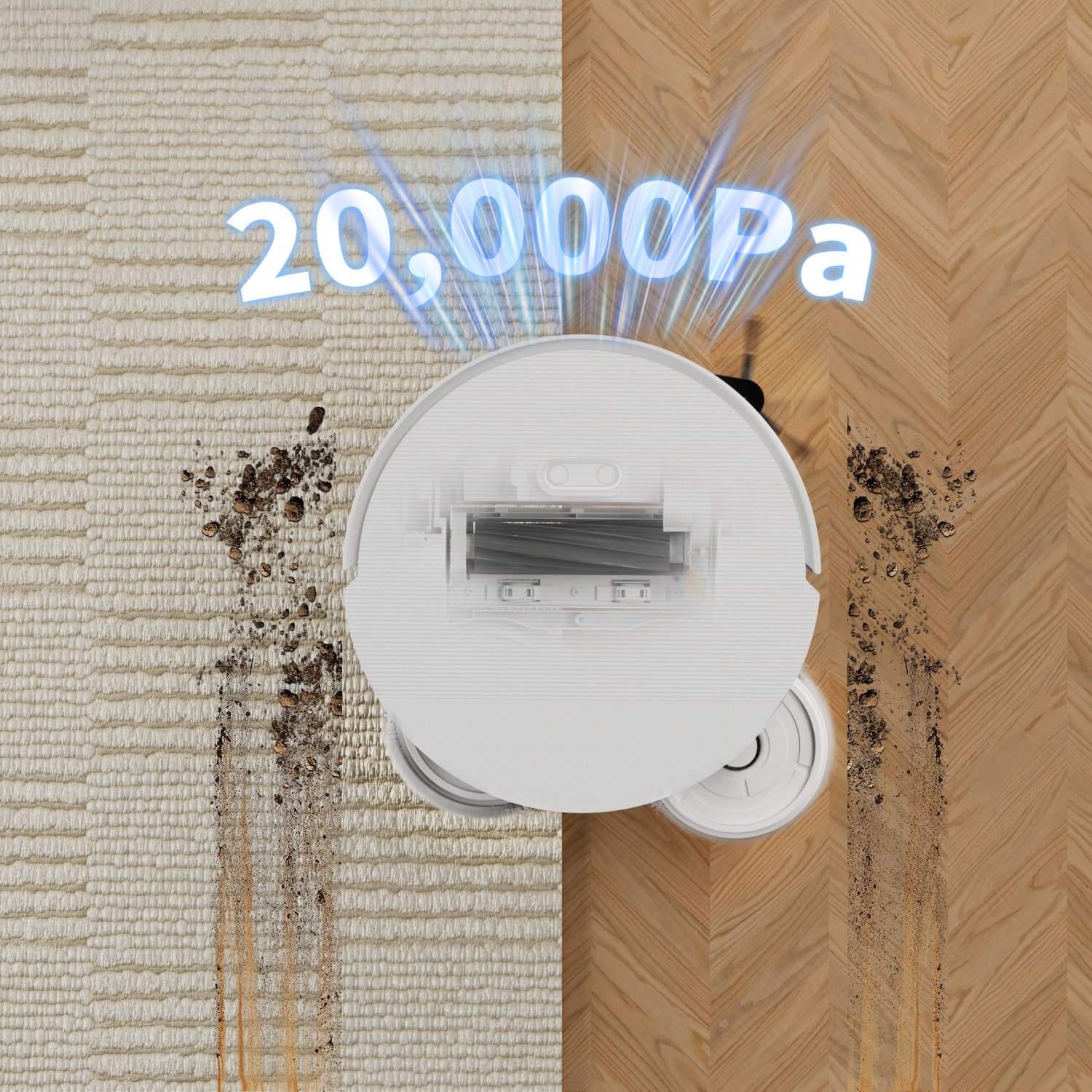Discover how the best robot vacuums combine raw power and automated intelligence to transform your home cleaning.
In the rapidly evolving world of smart home technology, robot vacuums have transitioned from luxury gadgets to essential household appliances. The latest models offer far more than basic cleaning—they represent an integrated ecosystem of automated home maintenance. For Foreign trade customers in Europe and the United States considering this market, understanding the technological advancements and consumer preferences is crucial for business success. This comprehensive analysis explores every aspect of modern robot vacuums, from their staggering suction power to fully automated maintenance systems.
Raw Power: Unveiling the Extraordinary Suction Capabilities
The core metric defining vacuum performance has shifted from simple airflow measurements to pascal (Pa) units that quantify suction power at its source. The current generation of premium models has dramatically raised the performance bar.
The Dreame Aqua10 Ultra Roller and Matrix10 Ultra currently lead the market with an impressive 30,000 Pa of suction power. To appreciate what this means in practical terms, this is more than double the 13,000 Pa of suction power found in flagship 2025 Roomba models. This extraordinary power translates to exceptional pickup performance across various debris types—from fine dust and pet hair to larger crumbs and granular materials.
For customers who prioritize cleaning performance above all else, these suction capabilities represent a significant technological leap. The Roborock Qrevo Curv 2 Pro follows closely with a substantial 25,000 Pa of suction power, making it one of the most powerful models in Roborock’s lineup.
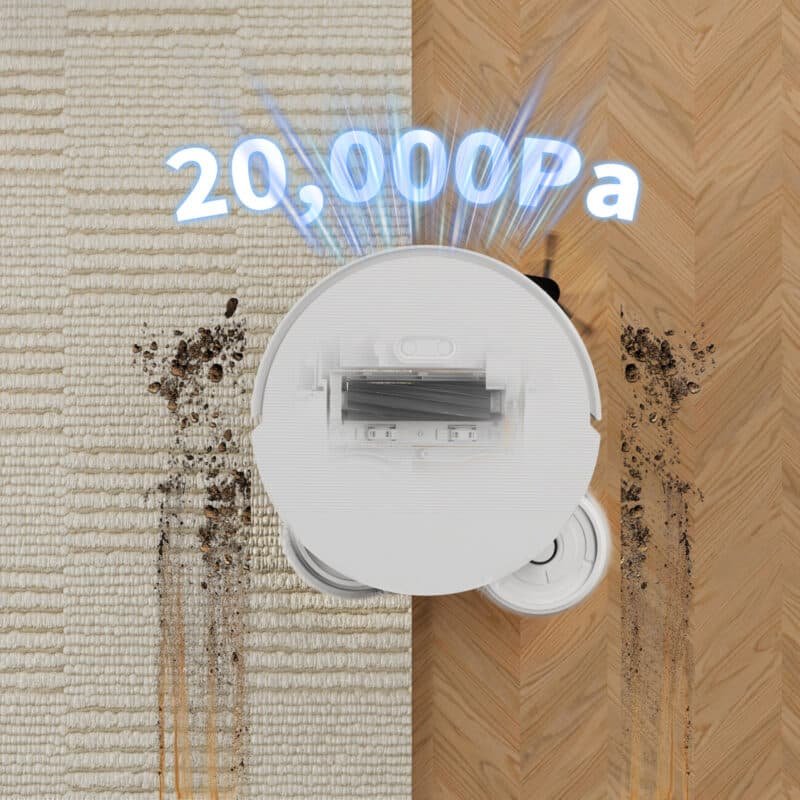
Advanced Mopping Systems: Beyond Basic Floor Wiping
While suction power handles dry debris, the mopping systems in modern robot vacuums have undergone equally impressive innovations. The debate between traditional spinning pads and newer roller mop systems represents a key differentiator in the current market.
The Roborock Qrevo Curv 2 Pro employs an advanced dual-rotating mopping system that uses 60°C (140°F) hot water from its onboard tank during cleaning cycles. This heated approach helps dissolve sticky residues and stubborn stains more effectively. The station takes temperature further, washing mopping pads with 100°C (212°F) hot water before drying them with warm air.
Dreame’s Matrix10 Ultra introduces a revolutionary approach with its automatic mop replacement system. The unique docking station can automatically swap used mop pads for fresh ones, enabling extended cleaning sessions without human intervention. This addresses one of the traditional limitations of mopping robots—the limited cleaning area per mop pad.
Meanwhile, the Dreame Aqua10 Ultra Roller features a roller mop design that rinses in real-time with water from inside the vacuum. This ensures the cleaning fibers aren’t merely spreading spills across the floor. Industry discussion has increasingly favored roller mop designs for their superior performance in cleaning up liquid spills without dragging residue.
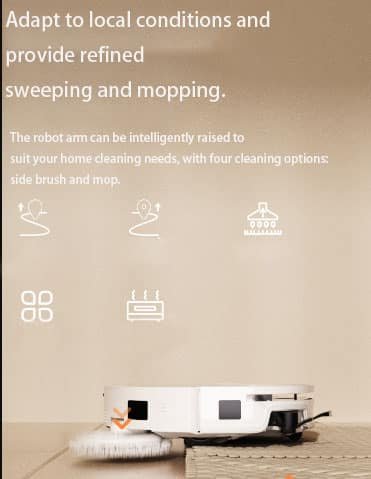
Intelligent Navigation: The Brain Behind the Cleaning
Raw cleaning power would mean little without sophisticated navigation systems to direct it. Modern robot vacuums incorporate advanced sensor arrays and mapping technologies that transform them from random cleaners to systematic cleaning assistants.
The Dreame Matrix10 Ultra utilizes a retractable DToF (Direct Time-of-Flight) navigation system that enables the unit to recognize and avoid over 240 different types of objects. This sophisticated obstacle avoidance prevents the common frustrations of earlier models that would frequently become stuck or entangled.
Similarly, the Roborock Qrevo Curv 2 Pro features an AdaptiLift chassis capable of climbing over 4 cm (approximately 1.6-inch) high obstacles, while its retractable LDS module allows the unit to lower its profile to just 7.98 cm (approximately 3.1 inches) to fit under low furniture.
These navigation systems typically employ 360° LiDAR mapping that can scan and map homes in just 10-15 minutes, storing multiple floor plans for different living situations. The result is efficient, methodical cleaning paths rather than random movement patterns.
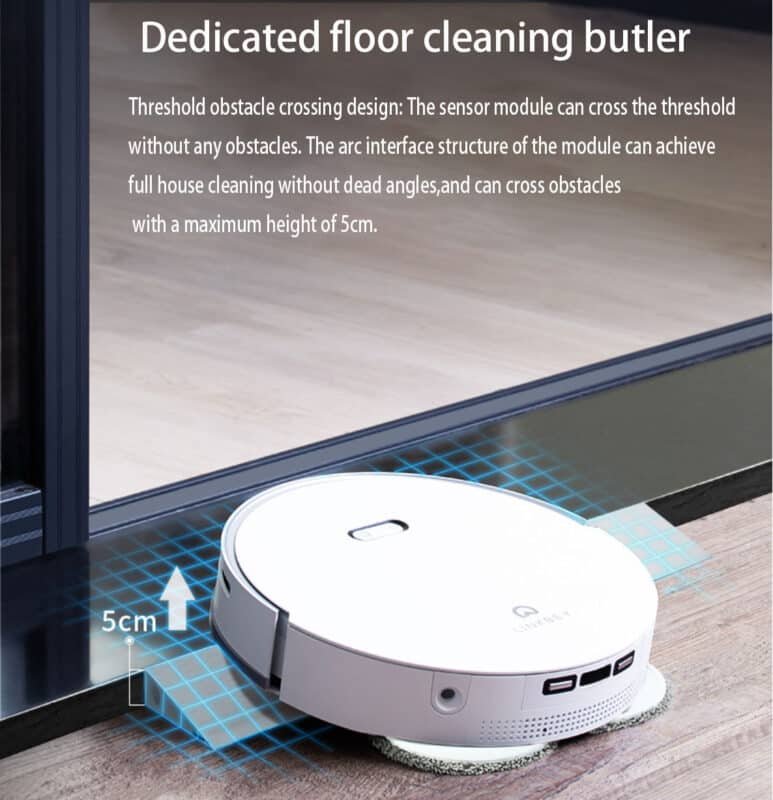
Automated Maintenance: The True Hands-Free Experience
The evolution from simple cleaning robots to fully automated maintenance systems represents perhaps the most significant advancement for busy households. The docking stations of today’s premium models function as comprehensive service centers.
The Proscenic Q8 Max includes an automatic drain station with a large 3L dust bag that can store weeks of debris without manual emptying. This addresses one of the most tedious aspects of robot vacuum ownership—regular dustbin emptying.
The Dreame Matrix10 Ultra takes automation further with its unique mop replacement capability, where the docking station can automatically swap used mop pads for fresh ones during extended cleaning sessions. This eliminates the need for human intervention to change soiled mop pads.
The Roborock Qrevo Curv 2 Pro station provides comprehensive maintenance with 100°C hot water mop washing followed by warm air drying, ensuring pads are not only clean but sanitized and dry to prevent mildew or odor formation.
These automated ecosystems represent the current pinnacle of convenience in home cleaning robotics, truly delivering on the promise of “set it and forget it” maintenance.
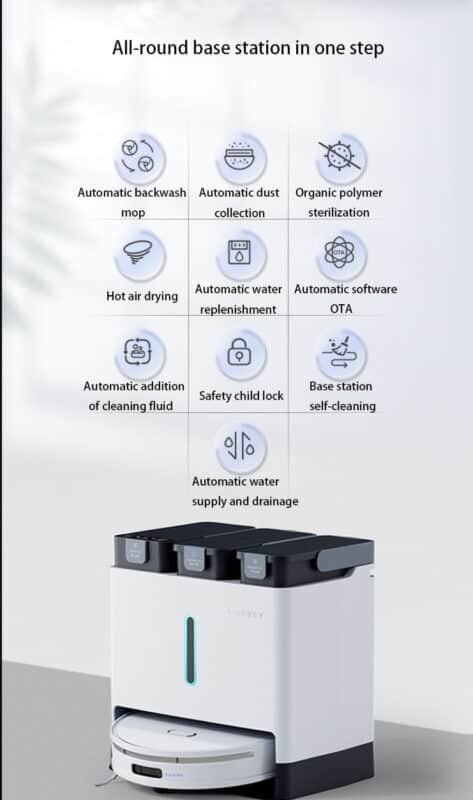
Market Positioning and Pricing Strategy
Understanding the market positioning of these advanced models is essential for Foreign trade customers looking to import or distribute these products. The pricing spectrum reflects the feature sets and target demographics for each model.
In the European market, the Roborock Qrevo Curv 2 Pro and ProX retail for approximately 1,299 euros. The ProX variant differentiates itself by including an accessory package with additional dust bags, filters, mop pads, side brushes, and a DuoDivide roller brush.
The Dreame Matrix10 Ultra is positioned at 1,599.00 euros in European markets and $1,999.99 in the United States, reflecting its premium feature set including the automatic mop replacement system.
The Dreame Aqua10 Ultra Roller offers a slightly more accessible price point at $1,279.99 (down from $1,599.99) at Amazon, representing a compelling balance of high-end features and value.
At the more budget-conscious end, the Proscenic Q8 Max provides substantial functionality at approximately 261.15 euros, making advanced features like LiDAR navigation and automatic emptying available to a broader market.
Consumer Application and Market Opportunities
For Foreign trade customers, understanding the specific use cases and consumer segments driving adoption is crucial for targeted marketing and inventory planning.
Pet owners represent a significant demographic, with models like the Dreame Aqua10 Ultra Roller demonstrating exceptional performance at picking up pet hair and dander across various surfaces-5. The anti-tangle features of models like the Dreame X30 Pro with its active hair-cutting roller brush address a fundamental pain point for this segment.
Large households benefit from extended runtime capabilities, with models like the Proscenic Q8 Max offering up to 200 minutes of continuous cleaning—sufficient for areas up to 230㎡. Combined with automated emptying and mopping maintenance, these systems can maintain entire homes with minimal intervention.
Busy professionals value the comprehensive automation of stations that handle both emptying and mopping maintenance, effectively outsourcing the cleaning workload to an automated system that requires only periodic attention.
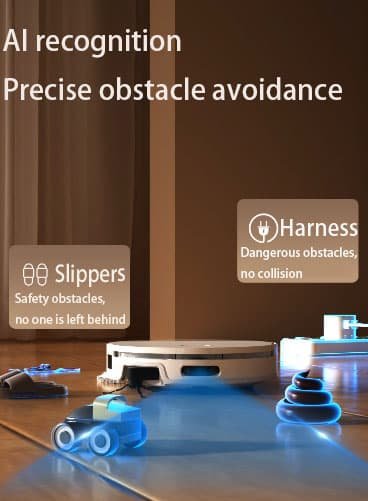
Technical Considerations for Informed Selection
Beyond marketing claims, several technical factors determine real-world performance and customer satisfaction:
- Navigation precision varies significantly between basic sensor systems and advanced LiDAR implementations. The best robot vacuums employ 360° LiDAR scanning that creates accurate maps while efficiently navigating around obstacles.
- Filter systems impact not just cleaning efficiency but allergen containment. HEPA-grade filtration has become standard in premium models, with some like Dyson’s 360 VisNav claiming to capture 99.99% of particles as small as 0.1 microns.
- Battery capacity directly determines cleaning coverage, with high-capacity 5200mAh batteries enabling extended runtime for larger homes.
- Physical dimensions including height determine accessibility to confined spaces. Models with retractable sensors like the Roborock Qrevo Curv 2 Pro (lowering to 7.98cm) can clean under furniture that would block other units.
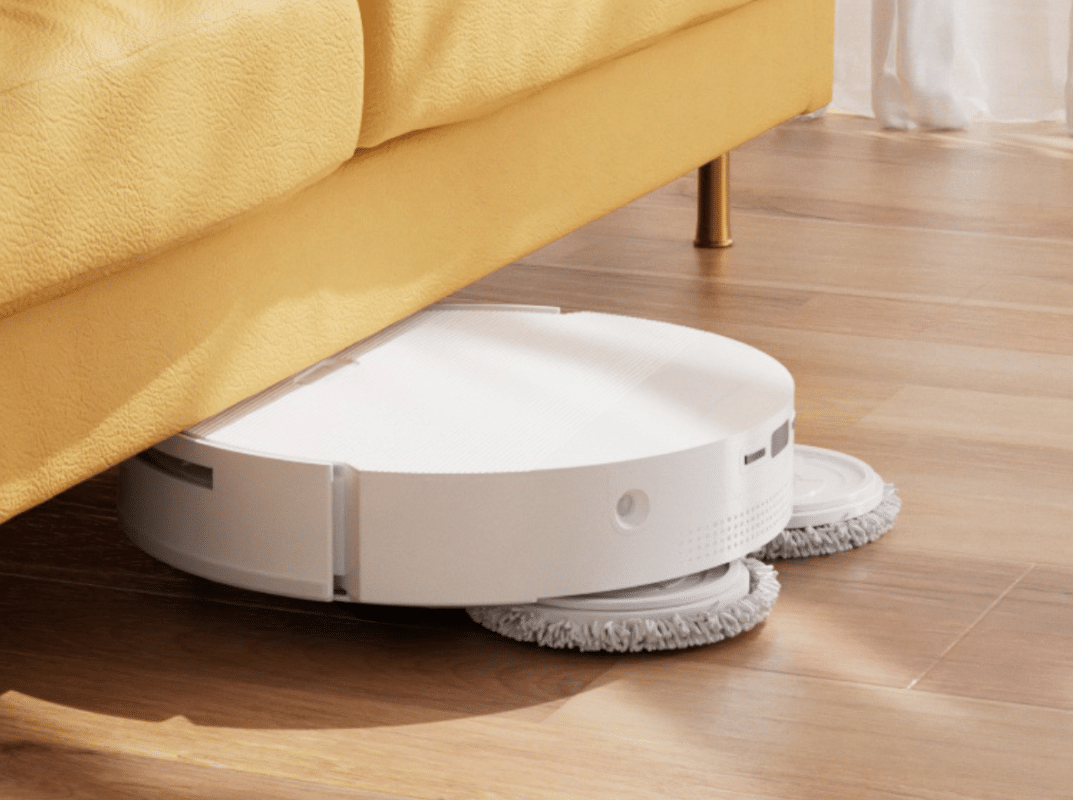
Future Trends and Development Directions
The robot vacuum industry continues to evolve rapidly, with several emerging trends shaping the next generation of products:
The integration of hot water cleaning systems at increasingly high temperatures suggests a focus on sanitization alongside visual cleanliness. The progression from cold water to 60°C and now 100°C washing systems indicates this direction.
Specialized debris handling through anti-tangle mechanisms and improved suction pathways addresses longstanding consumer frustrations with maintenance requirements between cleaning cycles.
Enhanced AI obstacle recognition continues to improve, with the latest systems capable of identifying hundreds of object types and appropriately navigating around them.
The emergence of dual-purpose stations that handle both vacuum emptying and mopping maintenance represents the continuing consolidation of functionality into comprehensive cleaning ecosystems.
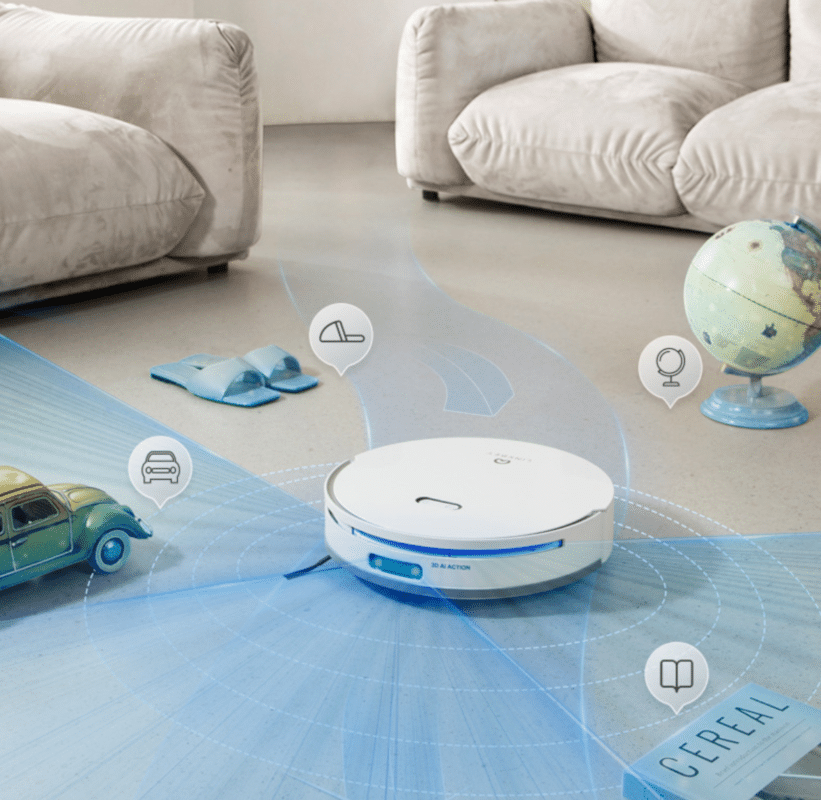
Conclusion: Selecting the Optimal Solution
For Foreign trade customers in the Europe and the United States market, understanding the nuanced differentiation between models is essential for matching products to the appropriate consumer segments. The best robot vacuums of 2025 deliver not just cleaning performance but genuine time savings through comprehensive automation.
The premium segment, represented by models like the Dreame Matrix10 Ultra and Roborock Qrevo Curv 2 Pro, offers the most advanced feature sets for consumers who value cutting-edge technology and maximum convenience regardless of price.
The mid-range market, including models like the Dreame Aqua10 Ultra Roller, provides an optimal balance of performance and value, incorporating many premium features at more accessible price points.
The value segment, with offerings like the Proscenic Q8 Max, makes core advanced features like LiDAR navigation and automatic emptying available to budget-conscious consumers who still seek automated cleaning solutions.
As the market continues to evolve, the trajectory points toward increasingly specialized models targeting specific consumer pain points, greater integration with smart home ecosystems, and continued refinement of the complete automated cleaning experience. For businesses operating in this space, aligning inventory with these consumer segments and use cases will be crucial for capitalizing on the growing demand for these intelligent home maintenance systems.


